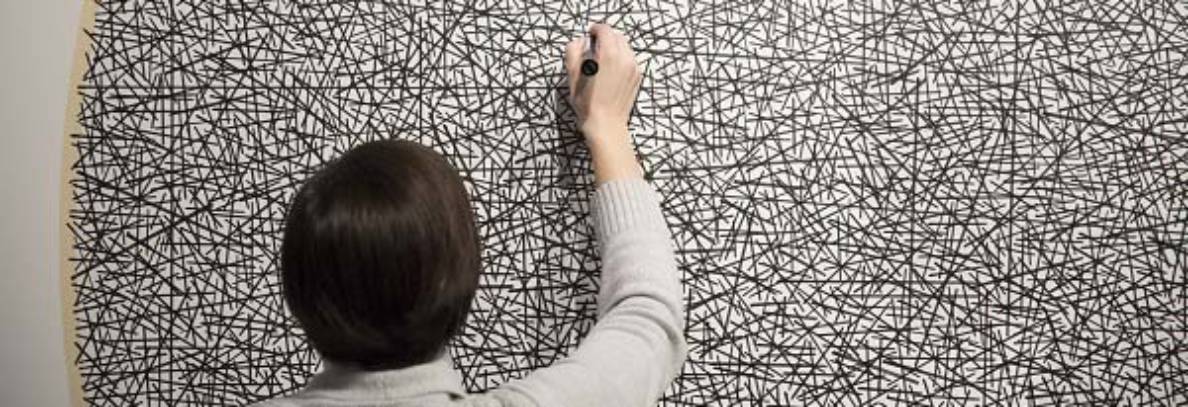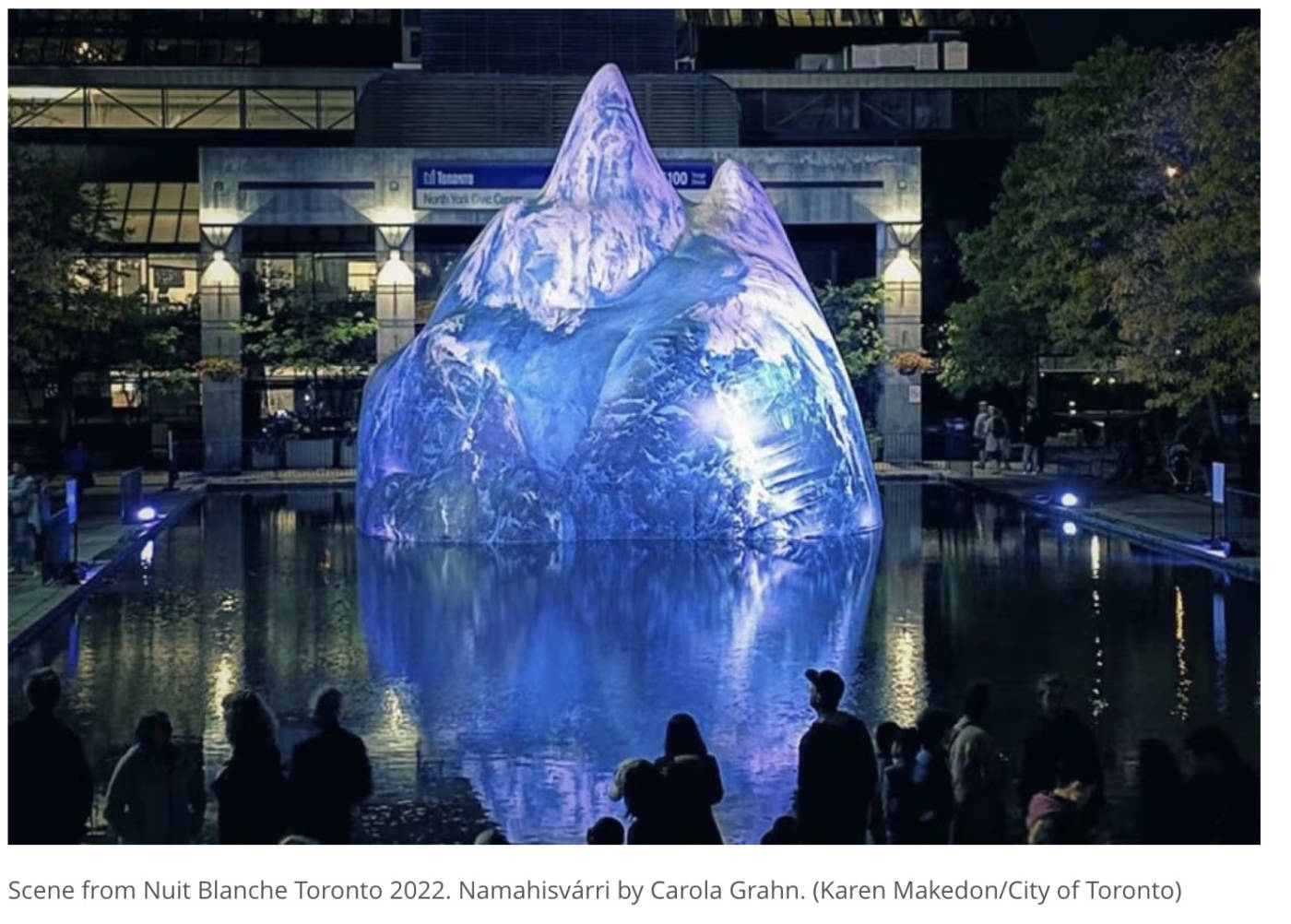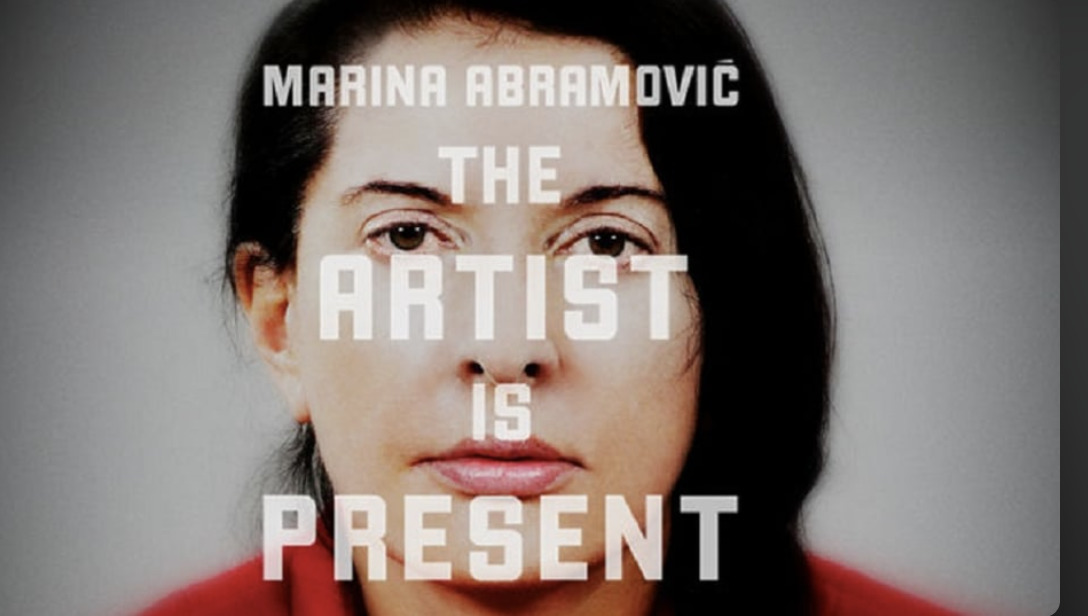TUESDAY:
*Reading notes due on blog
Assign: One Feat Three Ways
Assignment: One Feat, Three Ways video project
Video Art: One FEAT, Three Ways*
You will work with a partner to make three videos less than 2-minutes each in length each.
Your videos should be shot at the studio in controlled, illuminated conditions.
Pick yourFEAT. You will repeat variations on your “FEAT” in each video below.
Your FEAT should be an everyday gesture or activity that you can push to its limits. Push yourself to your limits. Push a material to its limits. Do not take ANY risks with your safety – subtle, quiet, funny risks are better and more interesting anyway. Just watching someone smiling as long as they can as hard as you can is fascinating and even painful to watch for its duration.
Examples of gestures from past students include: Eating something, Juggling, Kissing, Blowing up a Balloon, Smiling, Holding an Awkward Pose, Reaching for Things out of Reach… etc.
It might be an absurd thing – something pointless, or an impossible feat that you can’t actually do
The object is to try to do the thing, not to “act” – and what happens… happens! You, your partner, or someone else may perform. Maintain your concentration and explore how a simple gesture becomes interesting when performed with commitment and intention.
NOTE: Add titles to each video, and videos should be approximately 1-2 minutes in length.
Video #1: The One-Shot
The video will consist of “one shot” – there will be no editing, other than a black screen to mark the beginning and end of the video. You may focus on camera function, unusual points of view, and framing. You will also add titles and end credits to your videos.
Video #2: The Sequence
The object of this video exercise is to shoot a series of shots with the intention to edit them into a sequence. It may require 5 minutes, an hour, a day, or a week, and you can show it in a series of stills or a time lapse. Edit your footage to be less than two minutes.
Video #3: The Loop
The object of this video exercise is to create a video that is meant to be played over and over again indefinitely, without stopping. Consider the content of the video when you are shooting your feat, and use looping to complete the meaning of the work. Don’t make a short GIF type video – think of a longer loop – something that could play in a gallery without end.
Edit your loop footage to be less than 2 minutes long, and then play on a loop for the critique.
_______________________________________________________________
Videos will be graded by the degree to which students demonstrate understanding of the key concepts in the assignment including the clarity and originality of ideas, investment of time and contributions to the group, consideration of context for the video, technical success using lighting and professional camera equipment in works, technical success using editing software and exporting gallery-quality video, presentation and openness to feedback during critique.
Students are also expected to post a final work (including any revisions after critique) to the class blog with a title, artist names, and a short description of the work within ONE WEEK of the critique for final marks.
Videos will not receive a grade until a work is posted on the class blog.
Video Artist references:
Yoko Ono
Bruce Nauman
Adrian Piper
Pipilotti Rist
Michelle Pearson Clarke
Lee Walton
William Wegman
Jon Sasaki
Camille Turner
Marina Abramovic
Kelly Mark
Euan MacDonald
Wood and Harrison
Erwin Wurm
Maria Hupfield
**Be safe and respectful to yourself and others at all times! Talk with me if you have any questions about your project. Never perform unsafe activities for your projects in this or any class in Studio Art.
Camera Demo
Lighting Demo
Booking studio time
—
Lecture: Simple Instruction Videos
Camera demonstration with Nathan
–
THURSDAY:
Lighting demo in studio with Nathan
Reading and exercise:
Turning the Gestures of Everyday Life into Art, Katja Heitmann

Movement workshop:
(from Yoga, and dance)
Habits of of movement exchange:
- Describe the habitual movements/unconscious gestures, tics etc. of 3 people you know well. How do individual body parts move, and how does the whole body interact? What about facial expressions, and emotional valence of the movement? How does body type inform the movement?
- WARM UP EXERCISE all together – breathing, bouncing on knees, shaking it out, breathing together.
- Teach your partner one of the choreographies. Rehearse, and record 30 seconds of video of each performance.
- CHANGE PARTNERS. Repeat – Teach another partner another choreography. Rehearse, and record 30 seconds of video of each performance.
- CHANGE PARTNERS. Repeat – Teach another partner another choreography. Rehearse, and record 30 seconds of video of each performance.
At the end, you should have three, 30-second videos of other students performing an archive of movements. Use this footage for your editing workshop.
STUDIO BOOKINGS, DISCUSS IDEAS AND WORK TIME
See Nathan to book studios and lighting, and for technical and camera assistance.
Talk to Rachelle for bookings in the Photo studio – in 406
Booking studio time




You must be logged in to post a comment.